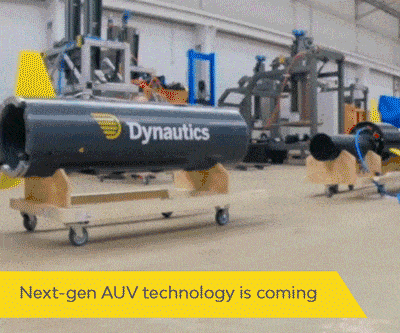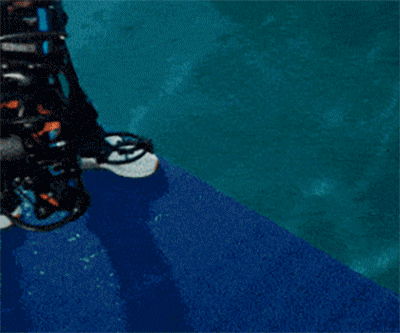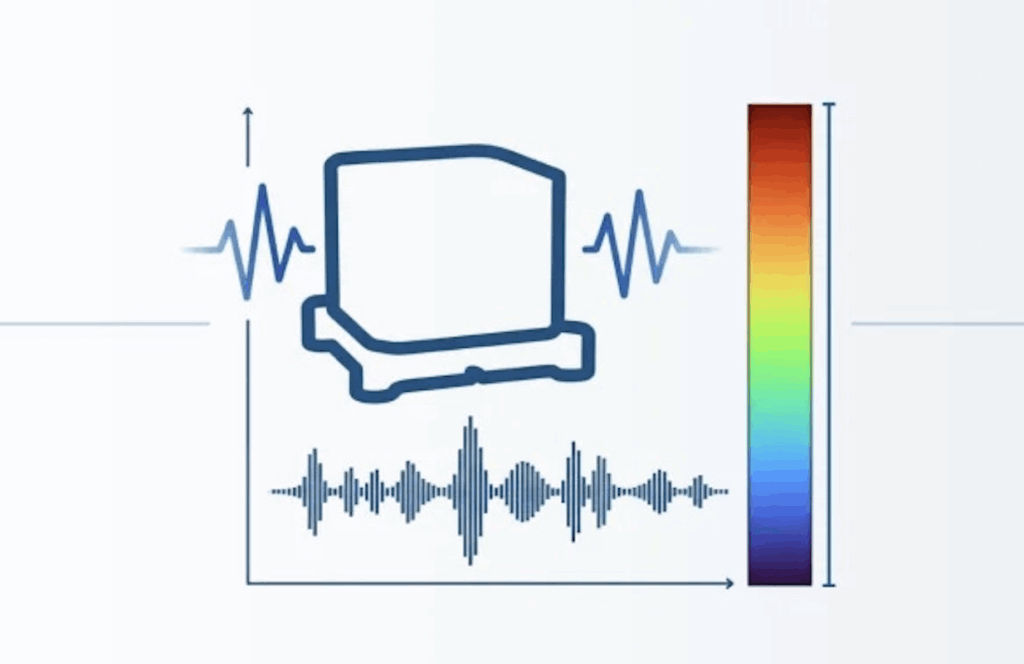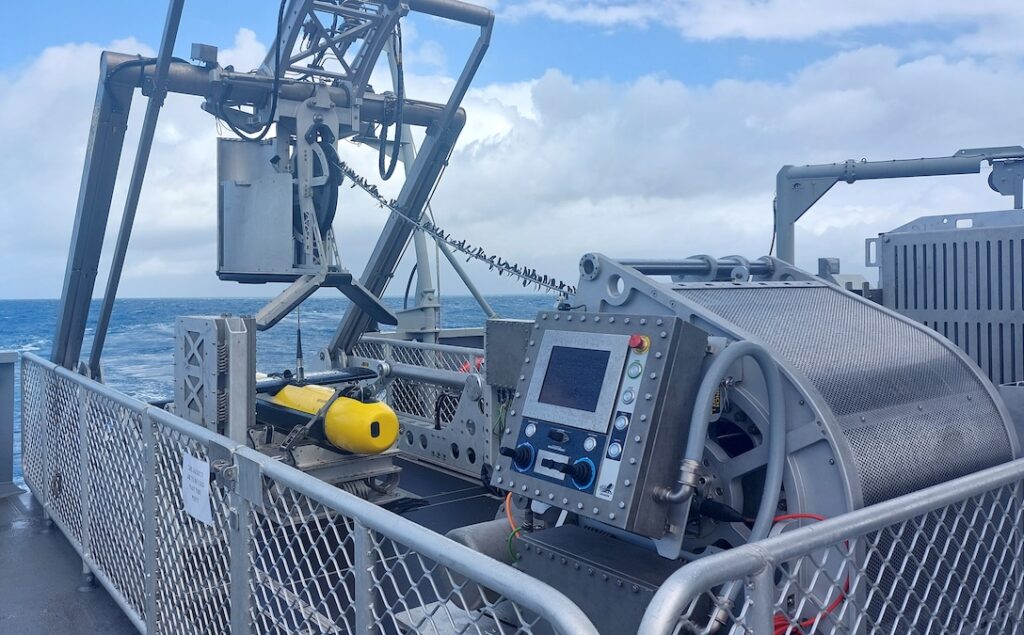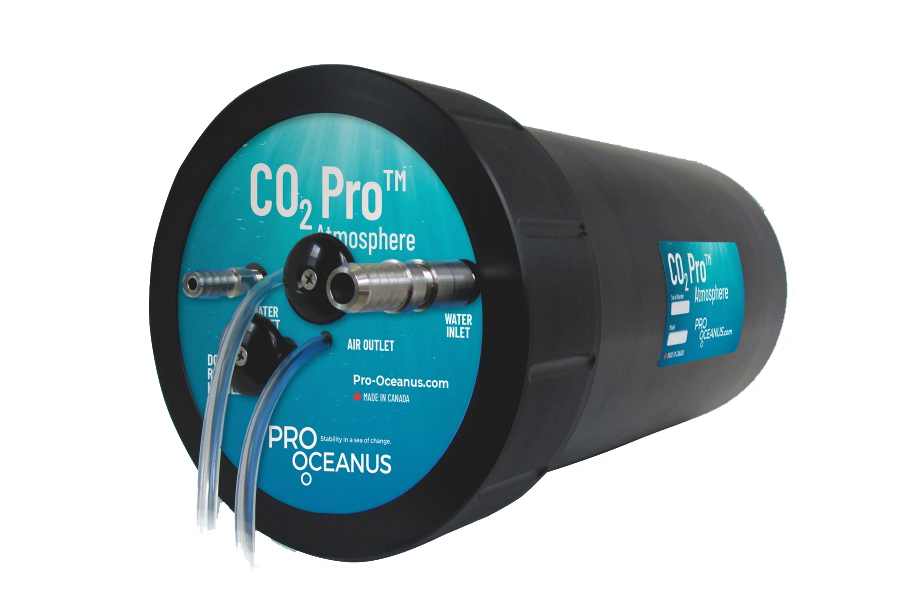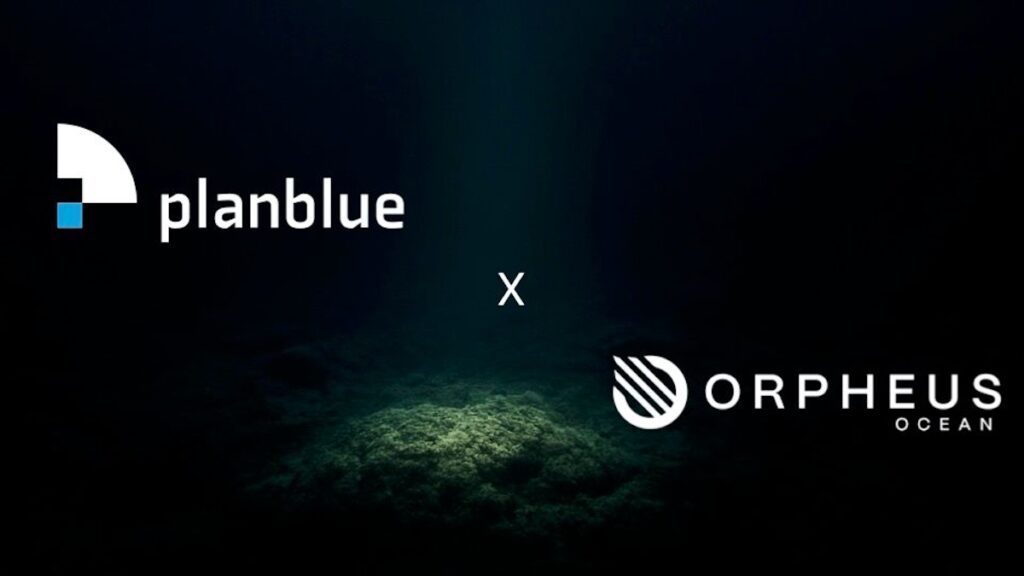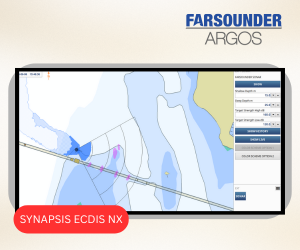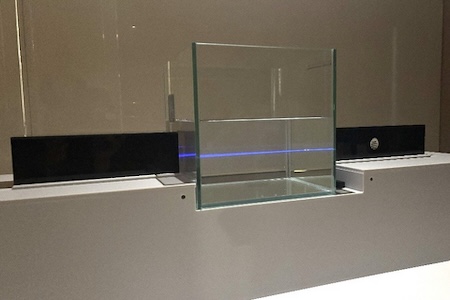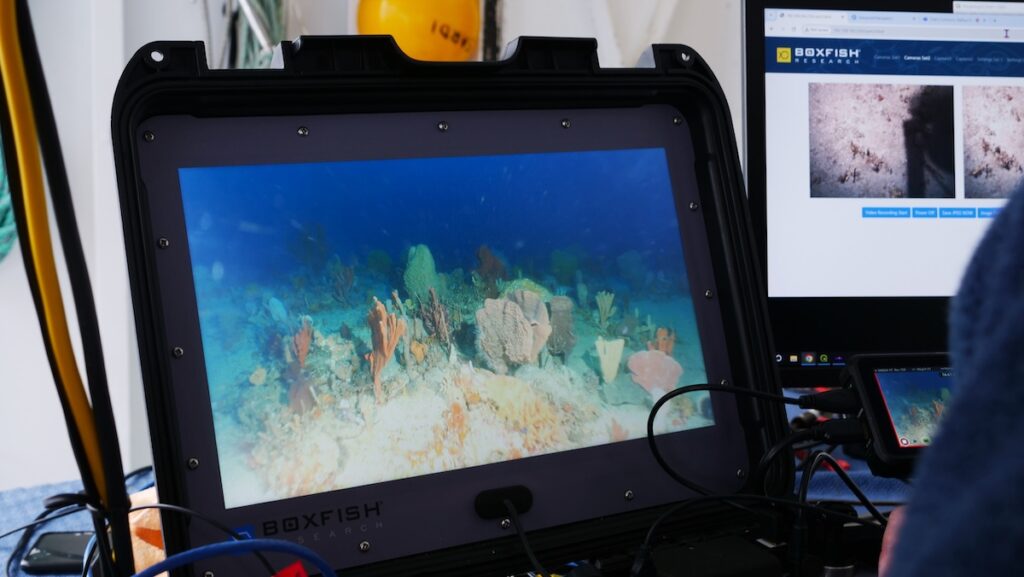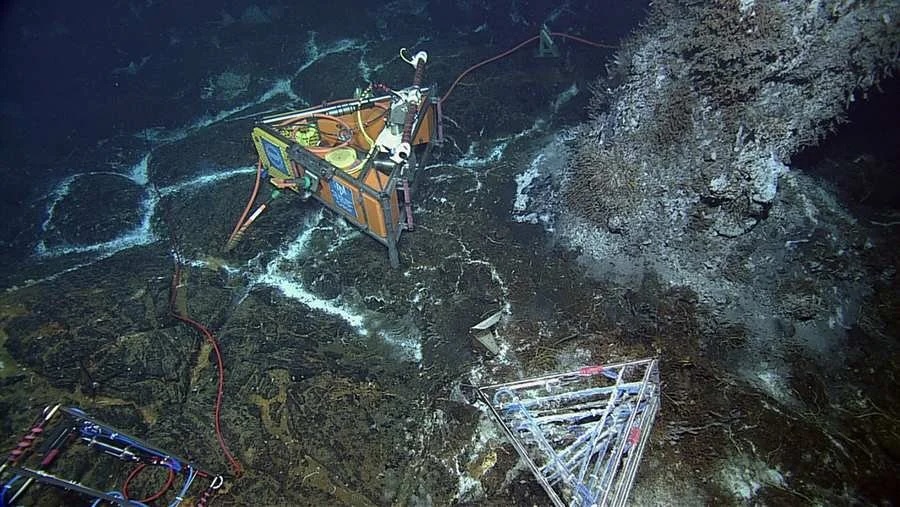
Discover World-Leading Technologies for Ocean Science
Discover cutting-edge solutions from leading global suppliers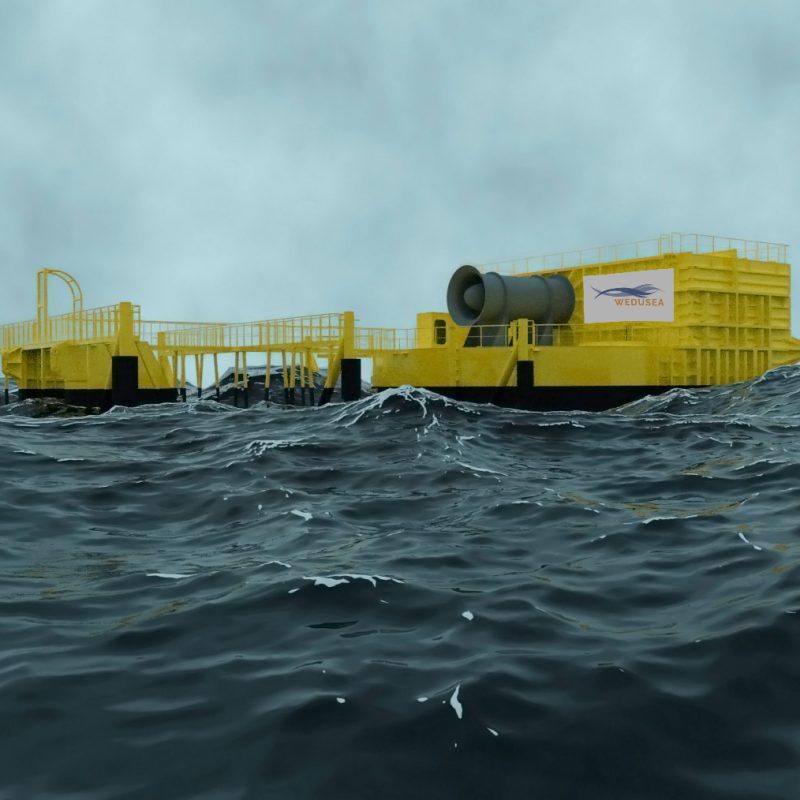
OceanEnergy, a leader in wave energy technology, has received formal approval from the European Union to proceed with the WEDUSEA project.
This €19.6 million initiative will see the deployment of a 1MW floating wave energy converter at the European Marine Energy Centre (EMEC) in Orkney, Scotland. The project marks a crucial step toward proving the commercial viability of wave energy, with the goal of reducing costs and scaling the technology for future renewable energy applications.
The WEDUSEA project, involving 14 partners across Europe, is co-funded by the EU Horizon Europe Programme and Innovate UK.
The OE35 Floating Wave Energy Converter, developed by OceanEnergy, is thought to be the world’s largest capacity wave energy device. Designed to convert ocean wave energy into electricity, the OE35 floats on the surface of the sea and uses oscillating water columns to drive a turbine, generating clean power for grid distribution.
The OE35’s design features a partially submerged chamber with an open bottom, allowing water to oscillate as waves pass. This movement forces air through a turbine, which then generates electricity. The energy produced will be fed into the UK’s national grid via EMEC’s subsea cable infrastructure.
The WEDUSEA project will conduct a rigorous two-year technical and environmental trial in the Atlantic, evaluating the performance and environmental impact of the technology in real-world conditions.
“Wave energy is the world’s most valuable renewable resource with around 30TWh of potential annual production waiting to be harnessed. That’s almost ten times Europe’s annual electricity consumption. However, this potential has yet to be fully realised. The project will demonstrate that wave technology is on a cost reduction trajectory and will thus be a stepping stone to larger commercial array scale up and further industrialisation. We predict that the natural energy of the world’s oceans will one day supply much of the grid.” said Prof Tony Lewis, Chief Technical Officer at OceanEnergy.
Matthijs Soede from the European Commission noted, “WEDUSEA is set to be a major catalyst for the wave energy industry, unlocking the full potential of this exciting renewable technology.”
Prof Lars Johanning of the University of Plymouth added, “The WEDUSEA partnership has worked hard to ensure that all detailed designs and planning are robust, to prove that the project is viable and that the project will be delivered within budget. Now we have received the green light from the EU, it’s all systems go!”
The WEDUSEA project will begin construction of the OE35 wave converter in late 2024, with full-scale demonstration at EMEC expected to commence by June 2025.




